A Common Injury
Most of us cannot imagine a day without using our fingers. They help us with numerous things we are doing. Thus, exactly because of their involvement in many of our actions, our fingers often get hurt. A broken finger manifests through a bone fracture decreasing or disabling the mobility of the finger in question. This situation causes us pain and discomfort.
In most cases, no surgical interventions are needed once a person breaks his or her finger. Rather, by following instructions given by the doctor, he or she can use the troublesome finger after a period of 6 to 8 weeks. However, the recovery period involves not using the broken finger or fingers at all, which is a hard situation for many. Nevertheless, if we are to have our broken fingers fully recovered, we must obey the doctor's orders.

- The epidemiology of finger fractures is yet described only in limited populations or as sports related injuries, and without regard to detailed information about fracture location or type.
- Based on data of 21 341 finger fractures in the Swedish Fracture register, a national quality registry that collects data on all fractures, this study describes anatomical distribution, cause, treatment, age distribution, and result in terms of patient related outcome measures (PROMs).
- The most common finger fracture was of the base of the 5th finger, followed by the distal phalanx in the 4th finger. Open fractures were most common in the distal phalanges, especially in the 3rd finger. Intraarticular fractures were most frequent in the middle phalanges. Fall accidents was the most common cause of a fracture.
- The mean age at injury was 40 years (38 for men, 43 for women). 86% of finger fractures in adults were treated non-operatively. Men were more frequently operated than women. Finger fractures did not affect hand function or quality of life and there were no relevant differences in PROMs between fracture type, treatment, or sex.
Healing Complications
As mentioned above, many people have problems with letting their injured fingers rest. Rather, they use them for some minor tasks hoping the action will not cause any troubles or complications. Regardless, this often results in swelling, bruising, and pain increase.
Every time one uses a broken finger, he or she risks prolonging the healing time. Also, a person may increase the damage inflicted upon the finger, resulting in permanent deformation or dysfunction. The troublesome finger or fingers should rest completely, without being moved, let alone made to serve some more demanding functions.
How To Speed Up Broken Finger Recovery
First and foremost, as soon as you realize your finger is broken, make sure you remove any jewelry you might be wearing on it. This will prevent further damage when the finger gets swollen. Additionally, you are advised to apply a cold compress on the swelling finger to reduce the negative effect of finger breakage. Also, ice or cold compress reduces pain, relieving you greatly.
Secondly, you are to immobilize the finger in question. This may be done with a simple ice cream stick or a similar piece of material. Place your finger in the correct position and secure it by gently tying it to the improvised splint.
Then, until visiting your doctor, you are to apply ice to the finger. You may decide to treat the broken finger yourself. Most probably, you will be able to do this if you restrain yourself from using the finger and keep it immobilized while applying the ice packs daily. However, it is best to seek your doctor's opinion in case something more serious is at hand. He or she too will give you instructions and pieces of advice regarding proper broken finger recovery.



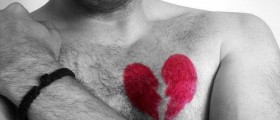
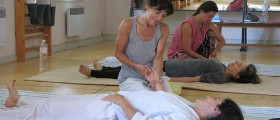
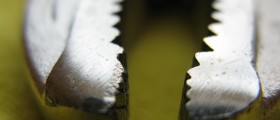
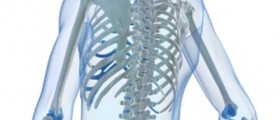


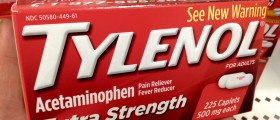




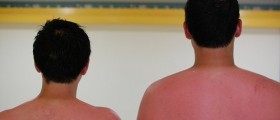

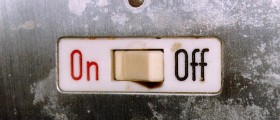
Your thoughts on this
Loading...